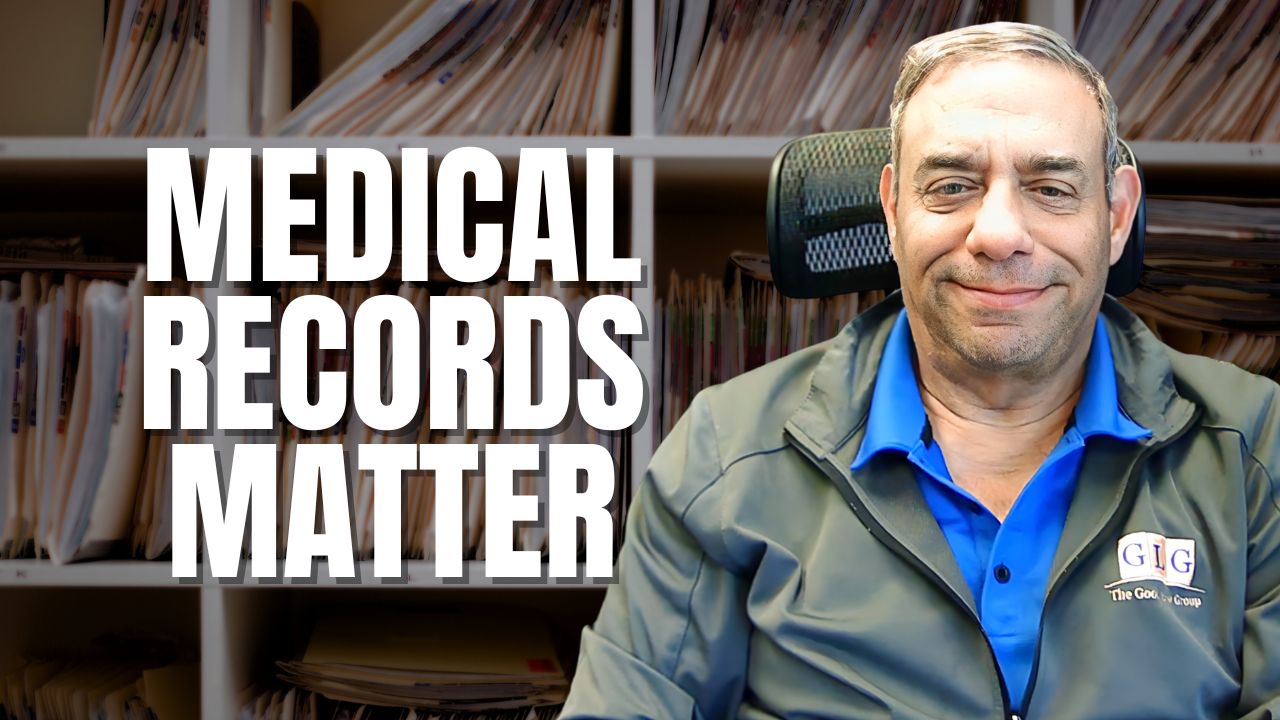Applying for Social Security Disability(SSD) benefits can be a bit scary. Many people don’t know what the process really entails and thus feel overwhelmed. There are specific steps that the Social Security Association(SSA), takes to ensure that everyone is evaluated on an even basis. The following guide walks you through the 5 Step Sequential Evaluation Process for SSD Benefits.
Proof of Activity that is Substantially Gainful
The first thing that the SSA will determine is if you are working a job that provides you with a lucrative income. If you have a job where you are making a regular income, the SSA may not view you as being disabled. The purpose of SSD is to assist those who cannot work and make money on their own. The agent will need to know what your specific job is and what tasks you have to perform. This allows them to determine if you are required to use specific physical or mental abilities in order to complete the tasks. If you are, the agent may determine that you are capable of doing the work and therefore do not need SSD benefits.
Medical Impairment Determined to be Severe
The agent then moves on to the next step which is to determine if you have an impairment that impedes your ability to work. There are many different types of impairments that are viewed as severe. In order for an impairment to be viewed as severe, it has to be something that will be long lasting. Being injured and having to miss work for a few months does not qualify as being a severe impairment.
The agent will need to go through your medical records to determine what your impairment is and what limitations you have because of it. There are times when second opinions are needed to ensure that you aren’t expected to do things that you cannot do or if the agent feels that a doctor is claiming that your impairment limits you in ways that seems unlikely. The impairment doesn’t have to be life threatening in order to be deemed severe. Some people are determined to have impairments due to pain or fatigue, while others have very severe conditions such as dementia that make it difficult for them to work.
Determine if the Petitioner Meets Specific Conditions
Step three of the process is to determine if a petitioner meets criteria to be considered for the listing of impairments covered by SSD. The listing includes what factors come into play to determine if someone has the impairment and the issues that they cause. There are numerous impairments that are listed and many of them require you to go through specific testing in order to determine if you qualify for that specific impairment. The testing must be done in a specific way and within a specific timeline to ensure that the information that is provided is as accurate and up to date as possible.
The listings include everything from mental disorders, respiratory disorders, neurological disorders and more. You have to provide valid evidence that you have the disorder in order to be considered for SSD. It is possible to have multiple disorders on the list and for all of them to be taken into consideration when trying to determine if you qualify for SSD benefits.
Determine What Work the Petitioner Did in the Past
The fourth step of the SSD benefit process is to evaluate the work that someone did before they started applying for SSD benefits. The agent evaluates what your job responsibilities were and determines if you can still do them. If there are accommodations that can be made to allow you to do your work, they may deny your claim. If the agent determines that there are no accommodations that can be made or that all of them have been exhausted, they may send your case on to the fifth and final step of the process.
Alternative Work Availability
Once the agent has determined that you are no longer capable of doing the job that you have been doing, they will have to determine if there is any other job that you can do. Many people assume that they get to choose if they want to change their career fields, but that isn’t the case. If the agent determines that there are other jobs that you can do with your impairments, you will be denied SSD benefits.
The agent will take into consideration your age, your work experiences, your education and the area where you live. She may also meet with vocational experts to see if there are any options that may have been overlooked. If it is determined that there is no job that the person can do due to their impairment, they may be approved for SSD benefits.
Contact an Attorney Before Starting the SSD Process
There are many different rules and guidelines that you must abide by when applying for SSD benefits. Most people don’t know the first thing about these rules and many people make errors when they attempt to file on their own. It’s best to hire a professional attorney who specializes in SSD to help you with the process.
They will be able to not only help you fill out the paperwork properly, but also help you with every stage of the application process. If you are able to reach step five and have the vocational experts trying to determine if you can work or not, having an attorney can be helpful. The attorney can ask the experts questions on your behalf which could make the difference between getting approved or denied. The attorney can also help you refile if your claim is denied. They can spot what the issue was and make necessary changes to better your chances of approval in the future. It’s best to have someone who knows the law on your side than to try to figure everything out on your own along the way.









